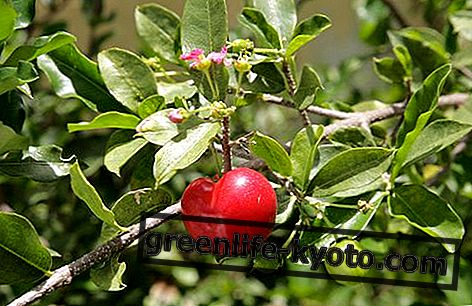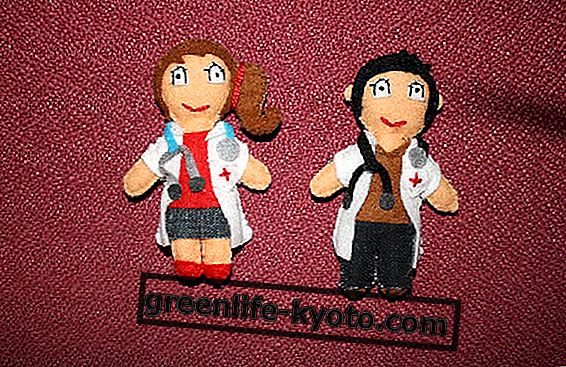
The dandelion is a herb that grows spontaneously throughout Italy, its botanical name is taraxacum officinale and belongs to the asteraceae family.
The dandelion is also known as piscialetto, dandelion or showerhead and can be picked everywhere, from the sea up in the mountains and even at 2.00 meters high.
Dandelion is so common to find in uncultivated fields and clearings, and it is easily recognizable thanks to the serrated shape of the leaves and its typical yellow sphere flower.
Throughout the year it is possible to find it: it is in fact one of the first herbs to emerge immediately after snow and cold. The dandelion grows in a similar way to chicory and other field herbs which are usually also collected in the traditional mixtures of field herbs.
Dandelion, when planting
The dandelion is also grown in a similar way to chicory and other salads being a plant used mostly for its green leaves .
The best time to start the dandelion cultivation is between January and February, before the other vegetable crops. The seeds can be spread directly in the soil in rows or on a strand or it is possible to germinate first in a seedbed and then transplant the seedlings directly to the dwelling.
Once the plant is grown we can cut the leaves 2 centimeters above the collar and this will also allow the dandelion to regenerate new leaves for a second harvest .
If instead we want its flowers or its root, then we will have to wait more time for it to complete its natural cycle. For the root it is best to grow the plant at least 2 years.
Dandelion, when eating
The dandelion, growing all year round without problems of low or high temperatures, can be considered an edible plant to harvest and eat practically all year.
The leaves begin to grow as early as February and continue for several months until the first snowfall, while in spring we will have the first flower openings that will continue throughout the summer. Instead, the root is usually harvested in the fall and then transformed into culinary recipes or healthy herbal remedies .
Dandelion how to clean it
For leaves and flowers, cleaning is very simple: it only needs to be washed away with dirt or other dirt. We can also soak dandelion leaves for a few minutes and then drain and dry them well with a cloth. The flowers are more delicate and it is better to clean them without putting them in water.
If instead we collect the root, it is good to wash it under running water and use a brush to remove the soil residues. Once the dandelion root has been washed, it is good to dry it and remove the outer part with a knife .
Dandelion, how to cook
The dandelion, once cleaned, can be cooked in the same way as spinach and other green leafy vegetables . Its spicy and bitter taste makes it suitable both as an appetizer and towards the end of a meal.
It is well paired with other raw and cooked vegetables. The leaves can be stewed or simply sautéed with oil and garlic or seasoned with lemon juice.
Dandelion leaves are also added to soups, vegetable pies, fresh pasta fillings and also as an ingredient in omelettes .
With dandelion flowers instead we move more on sweet recipes like jams and jellies but also as an ingredient in creams and cakes. We can also use the still closed buds of the dandelion flower to prepare a product similar to capers.
In fact, just pick the buds and place them in a glass jar covered with coarse salt . Once they have released all the water they will be usable in the same way as the capers but they are larger.
Finally, also the dandelion root can be used in the kitchen to prepare a drink similar to coffee but without effects on the nervous system, also beneficial for health and above all digestive.
This preparation requires the cleaning of the dandelion root, its toasting and then with mix we can get a powder to be used in a similar way to coffee.
Dandelion, what good is it
Dandelion is rich in vitamin C, as well as iron and potassium . Both in the leaf and in the root we have a good amount of vitamin A, B and D.
This wealth of vitamins and minerals associated with some active ingredients helps to make the dandelion an excellent plant to activate the metabolism, regularize the functions of the liver and kidneys as well as purifying the blood.
The dandelion has been used since ancient times for its purifying and diuretic properties as well as for its digestive and anti-inflammatory effect. Its popular name of "piscialetto" derives from its diuretic action which favors urination thanks to the presence of potassium salts and flavonoids.
The presence of iron and vitamin C also helps to control the levels of iron that are used above all for the formation of red blood cells, but also for other important physiological functions of our body. The dandelion, therefore, becomes excellent against anemia and helps to strengthen the immune system.
How and when to drink dandelion tea
The dandelion tea is usually prepared from the dandelion root which is boiled in water. The recipe is that of a decoction then it is necessary to put a spoon of dried and shredded root in 250 ml of water which will then be brought to the boil.
Once the temperature exceeds 100 degrees and the boil begins, we will have to cover with a lid and leave to infuse for at least 10 minutes . We will then turn off the heat and leave another 10 minutes to rest.
We will be able to sweeten to taste even if the bitter taste better conveys the beneficial effect of this dandelion tea.
We can drink this dandelion tea after main meals, lunch and dinner . This will help a lot in digestion work.
Foto Elenathewise / 123rf.com













